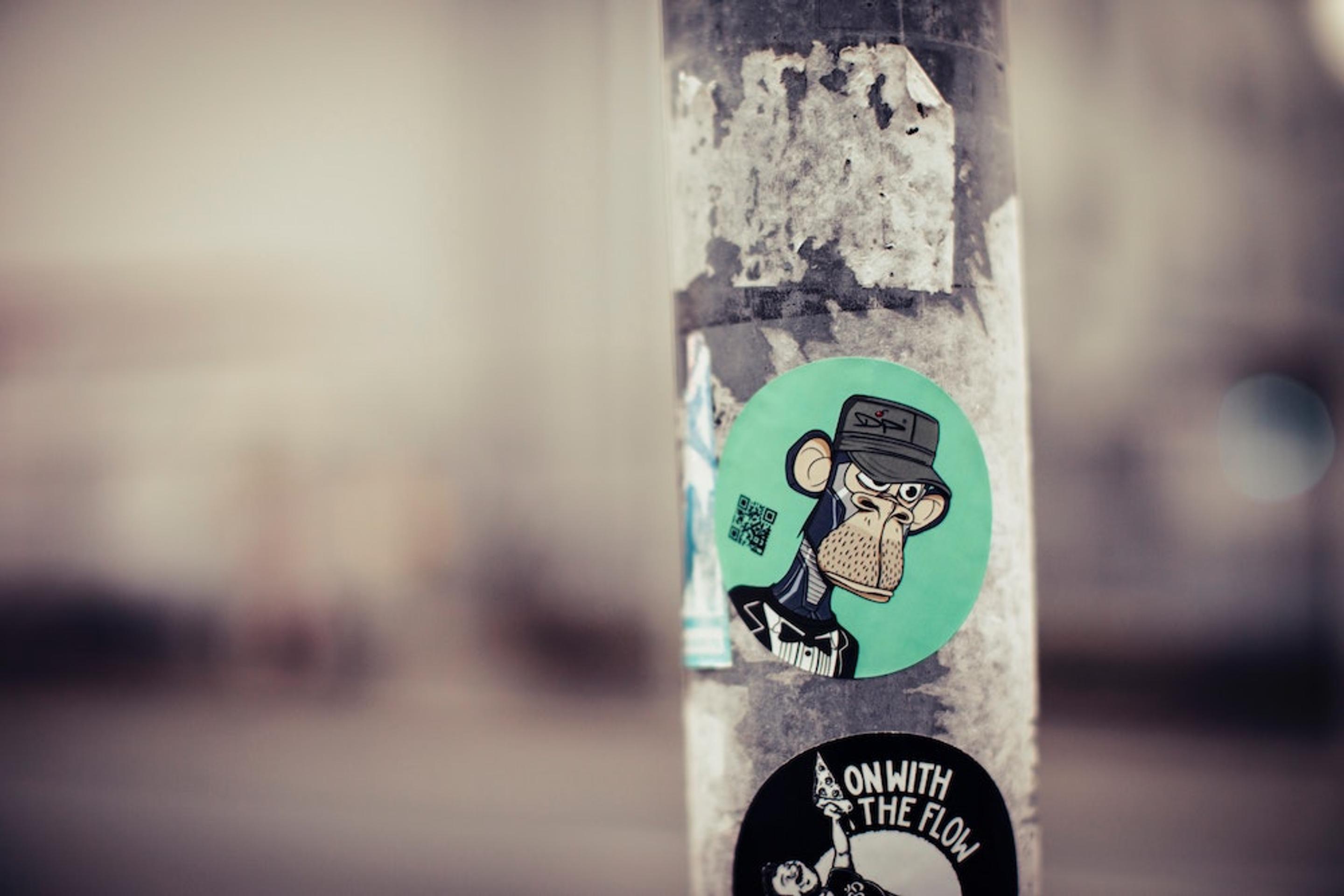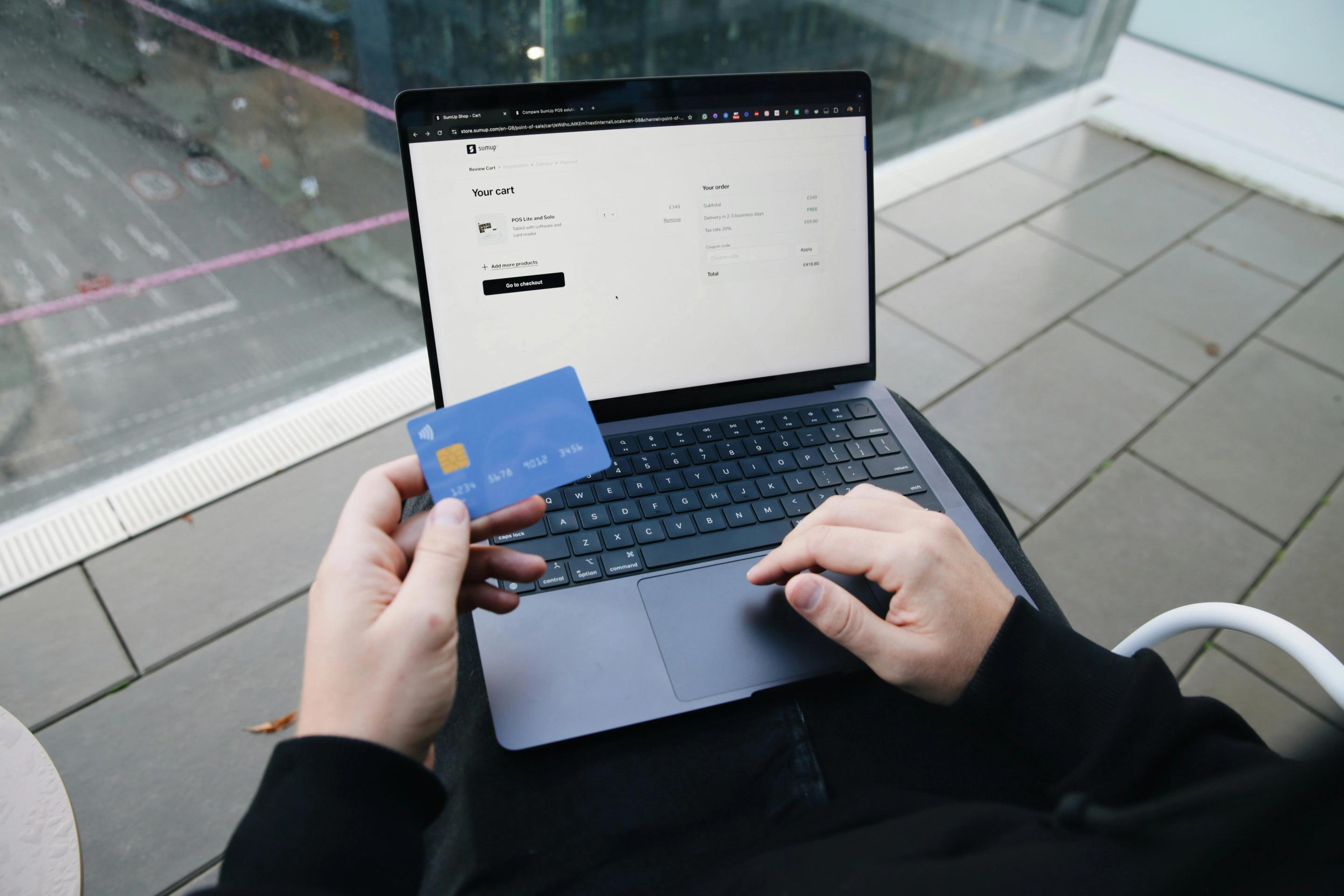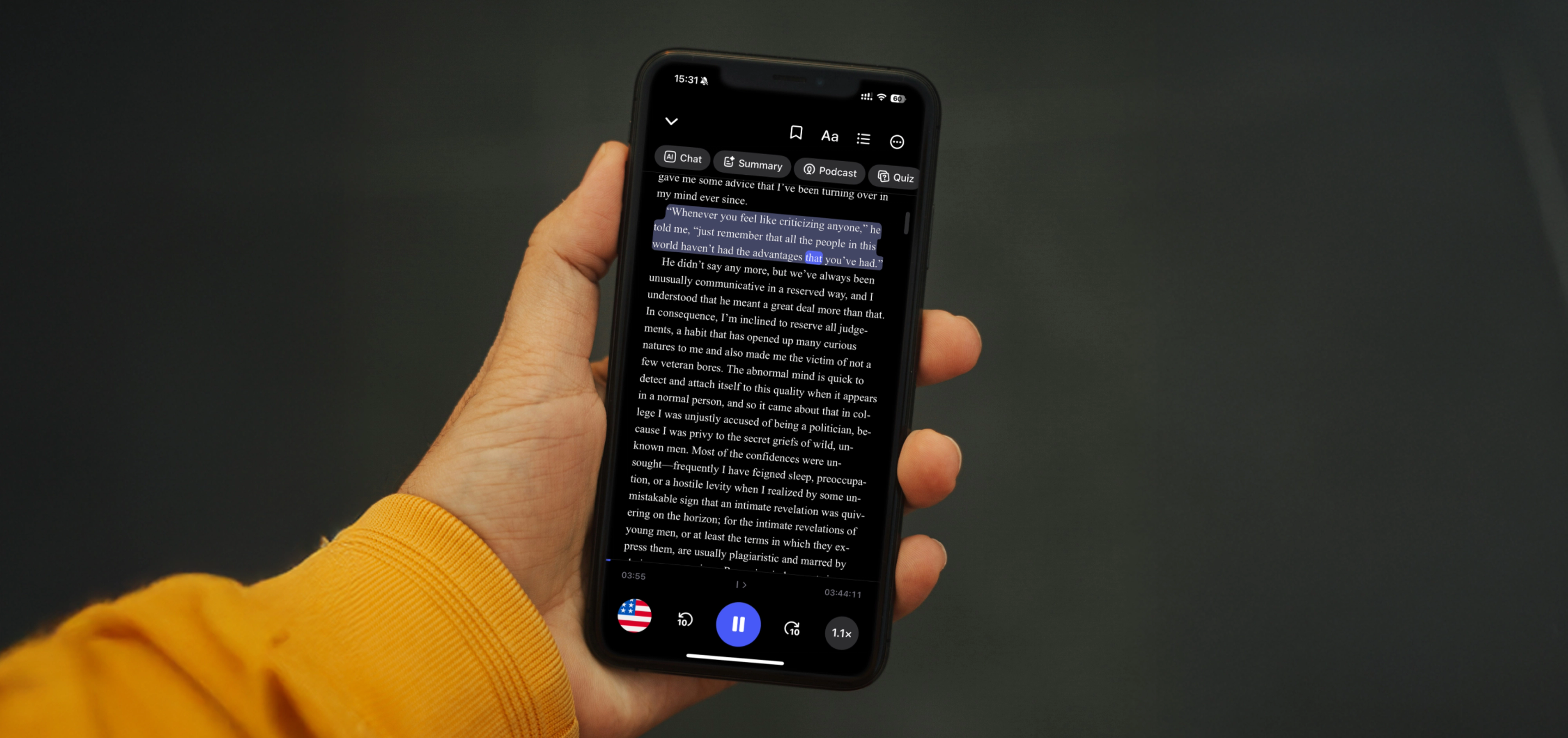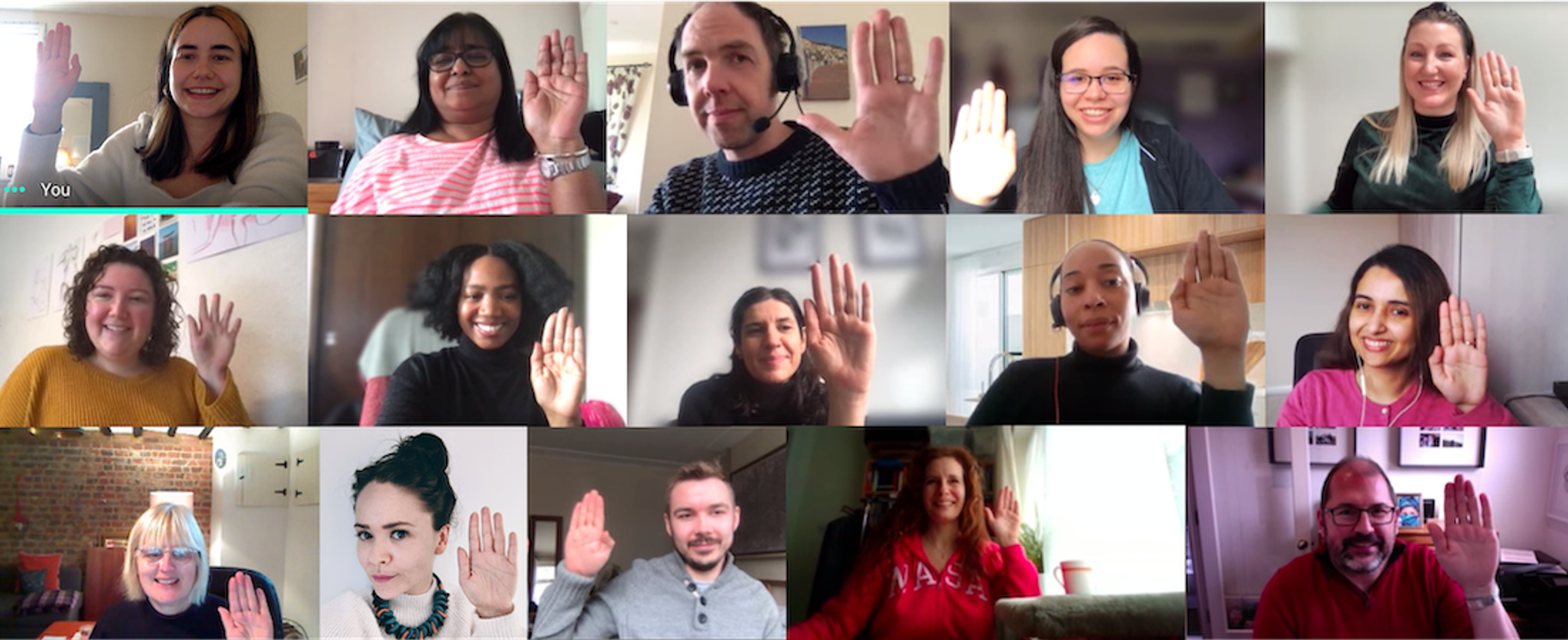Brands need friction – even in the metaverse

Earlier this month, Yuga Labs – the company behind the Bored Ape Yacht Club – disrupted the entire Ethereum blockchain as its users flooded in to buy NFTs representing virtual plots of land in its planned metaverse space, Otherside. It was surprising that what you might think is a small number of the world population would be buying this virtual land, but that would still be enough people to interrupt a blockchain – something we’re told is very stable and secure.
For a long time now, brands’ digital strategies have pursued seamlessness and sought to remove friction points wherever possible: from tap to pay services to automated shopping experiments, where you just pick up what you need and leave. The easier you make something to use, the more attractive it is, right? But adding a little friction and feedback is not something that should slow us down or put off new consumers; it’s a way of making sure they have clear messaging and experiential matches that make sense so that they feel comfortable and hopefully grow fond of the brands they use.
Think of Amazon’s now defunct Dash buttons. This system lets shoppers place a Colgate-branded dongle, for example, in the bathroom cabinet and simply click a button when it is time to buy more toothpaste. It was an ingenious, super convenient solution to a common problem – so why didn’t they take off? One problem is that the Dash experience was too frictionless. It created uncertainty because the only way to know for sure that your order had been received was to check your email.
Which is why we talk a lot about creating positive friction – a step in the customer journey which isn’t necessary from a functional point of view but is important in an emotional sense, making a customer feel safer, calmer or more engaged. To get these right, it’s important to think of the state of mind a customer has when they’re engaging with your brand.
Read a few online food delivery reviews and you’ll quickly understand that people are rarely more prone to disappointment and rage than when their dinner turns up late, contains the wrong items – or never comes at all. Using this insight, we worked with Domino’s Pizza to take data which was already built into the back-end of the ordering/delivery journey and share it at key moments with customers to reassure them that their order hasn’t been forgotten or taken on an hourlong journey when the store is half a mile away.
I recently had a good experience that involved good friction even though the outcome was not what I initially wanted. I was in a phone queue for a show at the Almeida theatre which was very popular. While on hold I was informed, sadly, that the number of people in the queue exceeded the number of tickets available. This is too bad, but I felt better because I knew what was happening rather than languishing on hold, never knowing if I might get a ticket or just cut off at some point.
Payments are another great example. When you need to pay for your coffee and croissant, you just want instant confirmation that the transaction has happened. If you’re giving someone money for a birthday gift, being able to add a personal touch to the transaction is a nice extra.
Big transactions fundamentally require the same back-end functions as small ones – but as anyone who’s set up a new mortgage or requested an overdraft which isn’t pre-approved knows, a little assurance about the process goes a long way. After all, if Domino’s lets you know where your £25 pizza order is at each stage of the process without you checking or refreshing, couldn’t the same apply for your £350,000 home loan?
An emotional connection takes brand services from functional to engaging, and according to Deloitte, 90% of us are more likely to stay loyal, 88% would spend more and 91% advocate for a brand that we have a positive emotional connection with.
The right level of friction is what you need when you’re designing an experience and when done right this can make it memorable. If this wasn’t the case then all apps and digital experiences would follow exactly the same functions but run with a different name on the screen.
Web3 is still emerging in so many different forms and each of these may benefit from an appropriate amount of well-placed friction. Hopefully, if this is the case, we can all enjoy this new space with a clear idea of what may happen and without disrupting other services along the way.





